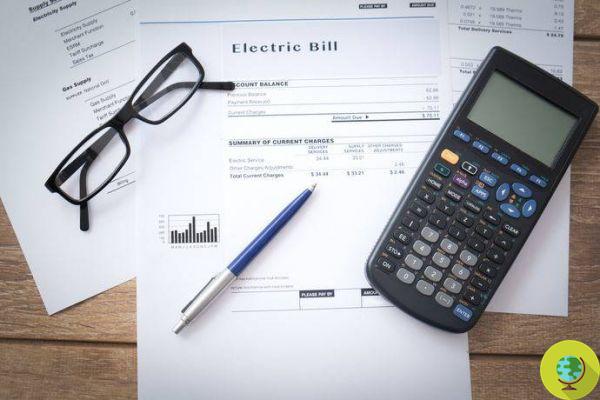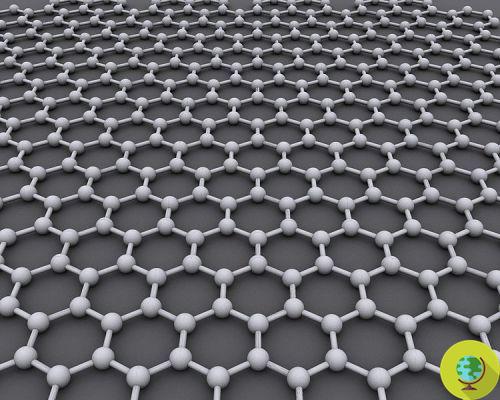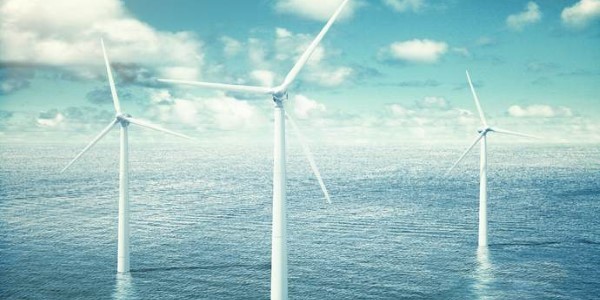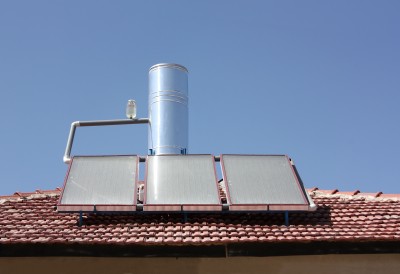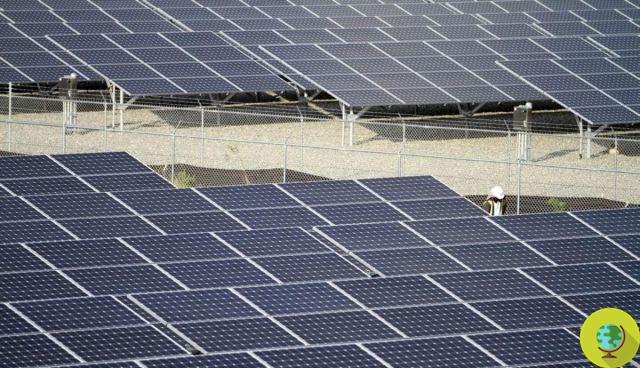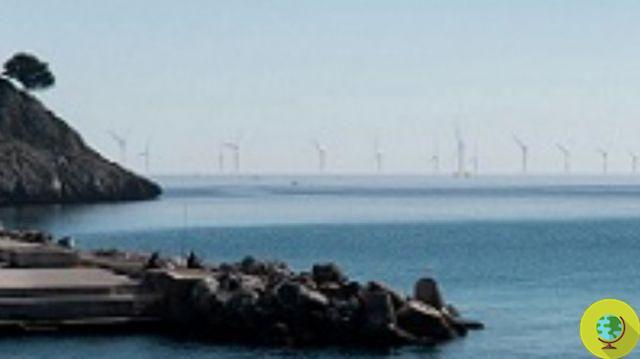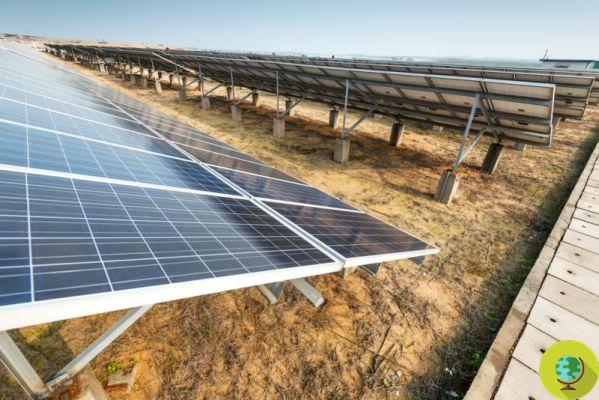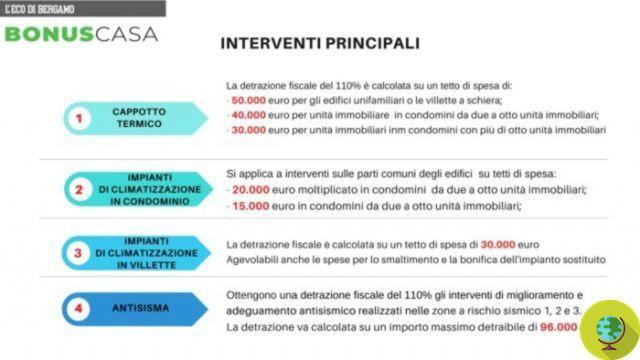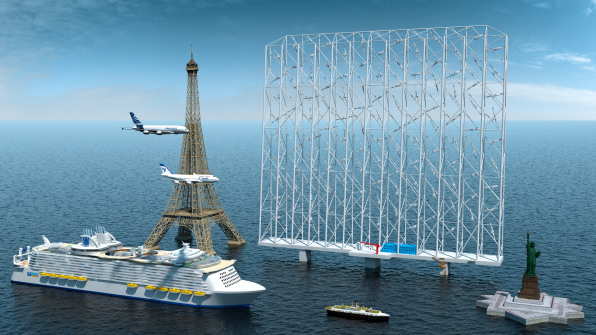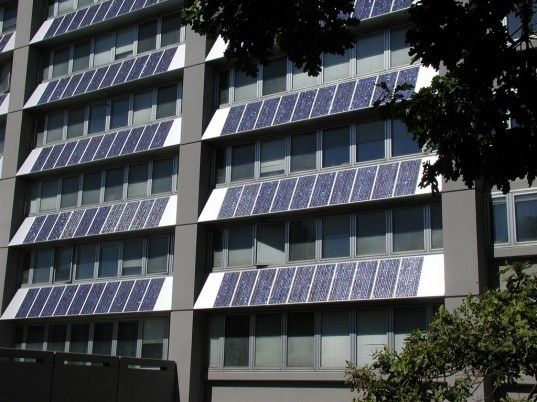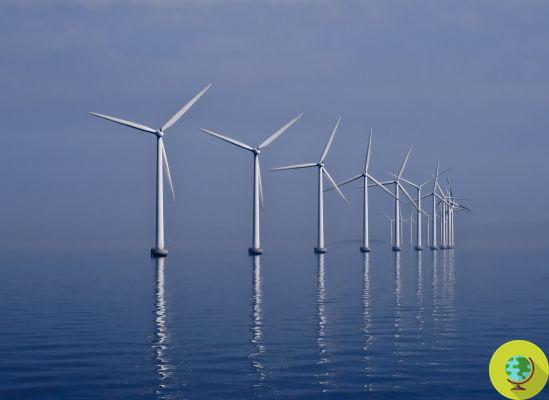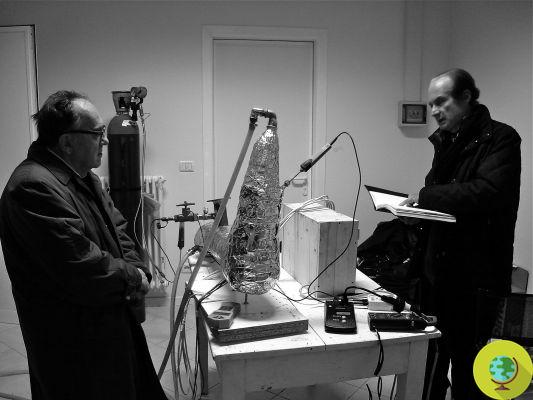Transforming carbon dioxide into gasoline, thanks to genetically modified bacteria. This was achieved by researchers from the University of California who, led by researcher Han Li, described their study "Integrated Electromicrobial Conversion of CO2 to Higher Alcohols" in a short communication in the journal Science.
He is about to end up run over, his mother saves himTransforming carbon dioxide into gasoline, thanks to genetically modified bacteria. This was achieved by researchers from the University of California who, led by researcher Han Li, described their study “Integrated Electromicrobial Conversion of CO2 to Higher Alcohols” in a short communication in the journal Science.
Bacteria of the genus Ralstonia eutropha, known for their ability to use hydrogen and organic substances as an energy source, were indeed genetically modified and put into a solution with CO2 and electricity. making sure that the by-products of their metabolism are isobutanol and methyl butanol, two complex alcohols that they can be used in internal combustion engines as fuel. Once placed in a solution with CO2 and electricity, the microorganisms have been shown to be capable of transforming carbon dioxide into large quantities of these products.
“One of the most important challenges in using electricity - the researchers explain - is to improve the efficiency in its memory. Current methods, such as chemical bacteria, hydraulic pumping division, suffer from low energy density and incompatibility with the current transportation infrastructure. Here we report a method for storing electrical energy into chemical energy such as higher alcohols, which can be used as liquid transport fuels. We have genetically modified a lithoautrophic microorganism, Ralstonia eutropha H16, to produce isobutanol and methyl butanol “, transforming it into an electro-bioreactor, using CO 2 and electricity.
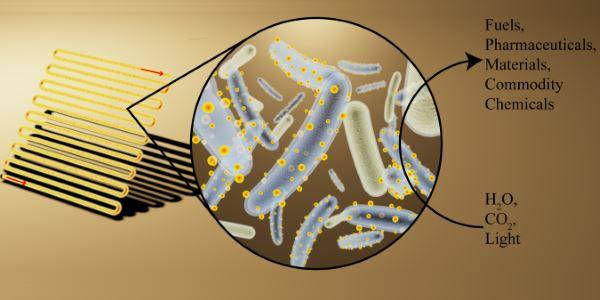
Photo: Ansa.com
"The system was designed to be coupled to renewable energy sources, wind and photovoltaic, which at peak times have a higher production than the needs - explain the authors - excess energy can therefore be stored in the form of these fuels. ".
Roberta Ragni




